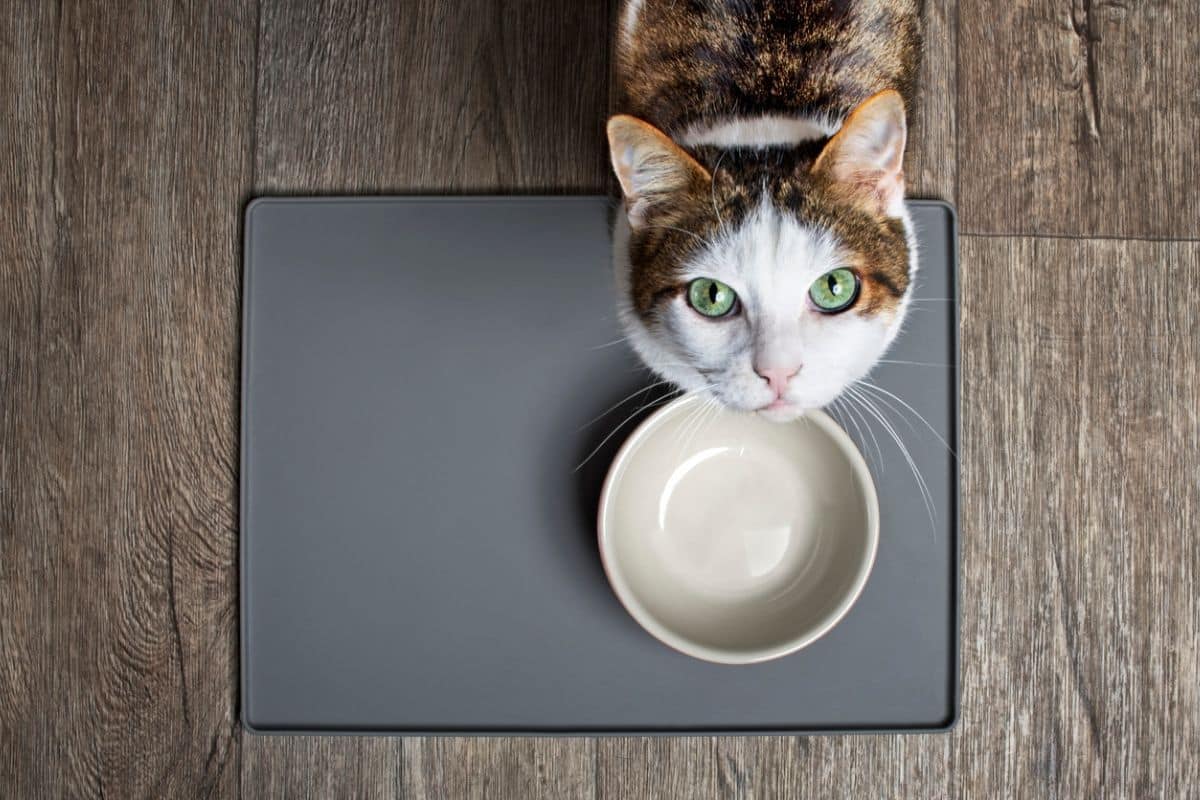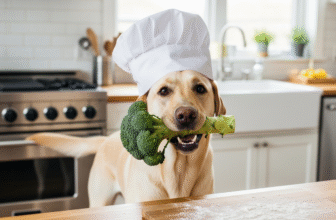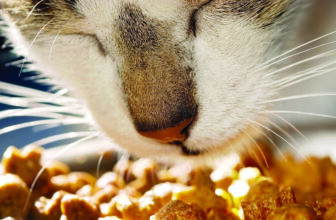
Check out our latest products
Recent veterinary studies reveal that nearly 40% of pet poisoning cases involve common household foods. Cats, with their curious nature and tendency to sample human meals, face particular risks from seemingly harmless ingredients. Understanding which foods pose dangers and recognizing warning signs can save your feline companion’s life.
Pet owners often underestimate the serious health risks that everyday human foods can pose to their cats. While your feline friend may show interest in your dinner plate, sharing certain foods can lead to severe poisoning or even death. This guide explores the most dangerous foods for cats and the critical symptoms that require immediate veterinary attention.
Common household foods that threaten feline health
Many foods considered safe for humans contain compounds that cats cannot properly metabolize. Chocolate tops the list of dangerous substances due to theobromine, a stimulant that affects cats’ nervous and cardiovascular systems. Even small amounts can trigger serious reactions, particularly in cats with underlying health conditions.
Dairy products, despite the popular image of cats enjoying milk, actually cause digestive distress in most adult felines. Cats lose their ability to produce lactose-digesting enzymes after weaning, making cow’s milk and cheese problematic. Many cats develop lactose intolerance, experiencing stomach upset and diarrhea after consuming dairy.
Members of the allium family – including onions, garlic, and leeks – contain thiosulfate compounds that damage red blood cells in cats. Whether fresh, dried, cooked, or powdered, these ingredients can cause anemia and organ damage. The toxicity is cumulative, meaning repeated small exposures can be as dangerous as a single large dose.
Raw fish presents another hidden danger through an enzyme called thiaminase, which destroys vitamin B1 in cats. Regular consumption can lead to thiamine deficiency, causing neurological problems and potentially fatal complications. Processed fish products like smoked salmon or canned tuna also pose risks due to excessive salt content that can damage kidneys.
Recognizing poisoning symptoms in your cat
Early detection of food poisoning can make the difference between recovery and tragedy. Gastrointestinal symptoms often appear first, including vomiting, diarrhea, and loss of appetite. These signs may develop within hours or take several days to manifest, depending on the toxic substance and amount consumed.
Neurological symptoms indicate more severe poisoning and require emergency treatment. Watch for seizures, tremors, difficulty walking, or unusual behavior changes. Cardiovascular symptoms like rapid heartbeat, irregular breathing, or pale gums signal that vital organs are being affected.
Some specific warning signs include :
- Blood in urine or stool
- Excessive drooling or difficulty swallowing
- Lethargy or weakness
- Swelling around the face or paws
- Difficulty breathing or panting
Chocolate poisoning typically causes hyperactivity initially, followed by depression, vomiting, and potentially heart problems. Onion toxicity may not show symptoms for several days but eventually leads to weakness, pale gums, and breathing difficulties as anemia develops.
Emergency response and prevention strategies
When you suspect your cat has consumed toxic food, immediate veterinary contact is essential. Never wait for symptoms to appear or worsen. Provide your veterinarian with specific information about what was eaten, the quantity, and when consumption occurred.
Avoid inducing vomiting unless specifically instructed by a veterinary professional, as some substances can cause additional damage when brought back up. Time is critical in poisoning cases, and professional treatment within the first few hours dramatically improves outcomes.
Prevention remains the most effective strategy for protecting your cat. Store dangerous foods in secure cabinets or containers that curious paws cannot access. Train family members about feline food restrictions and establish clear rules about not feeding cats from the table or sharing human snacks.
Create a cat-safe kitchen environment by keeping counters clear of problematic foods and ensuring garbage cans have secure lids. Be particularly vigilant during holidays and gatherings when unusual foods may be present and guests might unknowingly offer dangerous treats to your cat.
Maintaining awareness of toxic foods and staying alert to poisoning symptoms empowers cat owners to protect their beloved companions from preventable tragedies.


![[PETHROOM] Cat Nail Clipper Trimmer for Indoor Cats with Circular Cut Hole (2mm) | Premium Sturdy Stainless Steel Blade Cat Claw | Safe, Easy, Accurate, Quiet & Fast | Avoid Overcutting](https://m.media-amazon.com/images/I/6156hi88deL._AC_SL1298_.jpg)
![[PETHROOM] Professional Eye Comb for Pets | Stainless Steel Tear Stain Remover for Cats & Dogs | Gentle Round-Head Grooming Tool | Compact & Portable for Eye Gunk Removal](https://m.media-amazon.com/images/I/71+W758uwXL._SL1500_.jpg)
![[petora] BRUSH ON ME Gentle Facial & Eye Comb for Dogs & Cats | Smooth & Stress-Free Tear Stain Remover | Fine-Tooth Grooming Tool with Rounded Tips | Comfortable Grip for Daily Pet Grooming](https://m.media-amazon.com/images/I/81hzVmjgV1L._SL1500_.jpg)









